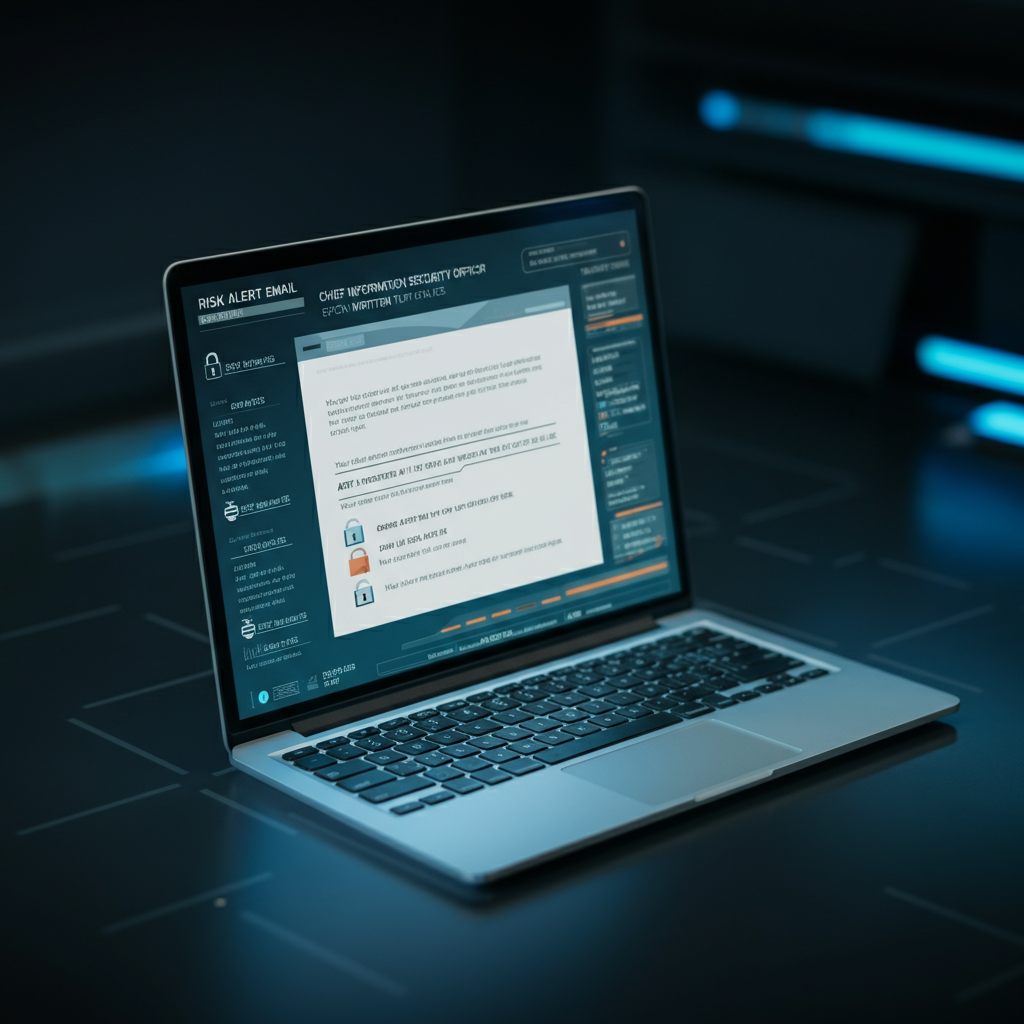In 2025, Shadow AI has become one of the most dangerous, and misunderstood, threats inside modern organizations. As employees increasingly turn to tools like ChatGPT, Claude, and Perplexity to speed up work, they inadvertently create sprawling networks of unsanctioned AI activity. This “Shadow AI” operates outside visibility, policy, or control, and its impact is measurable: IBM’s Cost of a Data Breach 2025 report found companies with high levels of Shadow AI spent $670,000 more per breach, with 20% of incidents directly tied to unauthorized GenAI use.
What is Shadow AI?
Shadow AI refers to the use of GenAI or machine learning tools without approval from an organization’s IT, security, or compliance departments. These unsanctioned tools often live in browser tabs, personal accounts, or third-party plug-ins that process company data well beyond any governance boundary. According to KPMG, 44% of employees have used AI in ways that don’t adhere to corporate policies and guidelines.
The Growing Enterprise Threat
Unlike traditional shadow IT, Shadow AI introduces new layers of data exposure, privacy violations, and compliance failure. Employees unaware of the risks may paste customer data, source code, or internal reports into GenAI prompts, unknowingly exfiltrating proprietary or regulated information.
ISACA warns that these tools operate outside audit trails and established governance controls, leaving organizations blind to data movement, untracked processing, and model training on sensitive content. The result is a perfect storm of compliance and IP loss risks:
- Trade secret dilution: Once confidential material is fed into a public model, it may lose eligibility for IP protection.
- Regulatory exposure: Unapproved tools can breach GDPR, HIPAA, or SOC 2 if data is transferred outside approved jurisdictions.
- Unmonitored outputs: Shadow AI may generate biased or inaccurate content that cannot be audited or explained to regulators.
- Supply chain compromise: Compromised AI APIs and plug-ins account for most AI-related breach incidents.
Legacy data loss prevention (DLP) systems were never designed for the fluid, context-rich nature of AI-generated content. These tools rely heavily on pattern matching and static policy rules, which miss the subtle data exposures common in GenAI workflows. As Gartner’s 2025 Market Guide for DLP notes, security teams must evolve toward contextual intelligence that understands data “at rest, in use, and in motion” within AI-driven environments.
Enter Bonfy.AI: Adaptive, Context-Driven Defense
Bonfy.AI was built precisely for this new era of data risk. Its Adaptive Content Security (ACS) platform uses AI-native behavioral analytics and contextual understanding to identify exposure before data loss occurs. Traditional DLP detects what data leaves; Bonfy understands why and acts instantly to prevent sensitive content from being generated, shared, or trained on by unapproved tools.
Bonfy interprets enterprise context through adaptive knowledge graphs, mapping how information is created and used across SaaS and GenAI ecosystems like Microsoft 365 Copilot. This allows it to intervene intelligently, detecting both upstream exposures (employees inputting data into AI systems) and downstream risks (AI-generated outputs containing confidential content).
The Path Forward: Containment Before Compromise
Shadow AI isn’t malicious by design, but that’s what makes it so dangerous. The intent behind it is productivity, the cost is trust, compliance, and intellectual property. To manage this invisible risk, organizations need adaptive security that moves at AI speed. Bonfy delivers exactly that: a next-generation, context-aware DLP platform built to protect enterprises from unmonitored GenAI activity, before it becomes a breach.
In a landscape where 97% of AI-related breaches stem from poor access control , Bonfy ensures that every piece of content, document, and conversation is safeguarded by context, not chaos.



.png)


